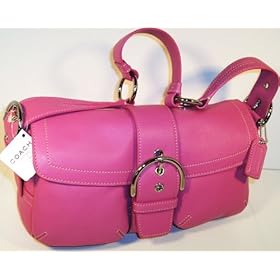 To succeed in the videogaming industry, you need only one thing: a desire to create fun. At least, in Shigeru Miyamoto's world, this guiding principle works. Miyamoto has been responsible for Nintendo's universal fame and fortune when he conceptualized the Jump Man in Donkey Kong back in the 1980s. The Jump Man is the character we now love so well -- Mario.
To succeed in the videogaming industry, you need only one thing: a desire to create fun. At least, in Shigeru Miyamoto's world, this guiding principle works. Miyamoto has been responsible for Nintendo's universal fame and fortune when he conceptualized the Jump Man in Donkey Kong back in the 1980s. The Jump Man is the character we now love so well -- Mario.Miyamoto is an admirable character himself for a lot of reasons. He held up production of certain games just because they aren't perfect enough for people to play. He split ways with Nintendo's competitors because he believed playing videogames should bring smiles to people's faces, and that everyone can play them. On the other hand, Microsoft and Sony focused on the more hardcore aspect of videogaming.
If you still have any doubts, here's a fact: the Nintendo Wii outsold the Xbox 360 and PS3 this year and is predicted to keep on selling like hotcakes even way past the holiday season.
Nintendo is an entirely different breed of game manufacturer. Like its celebrated gaming designer, it fires up interest not because of hype, but because it endears itself to people. And what could be more endearing than a Miyamoto quirk? The guy behind Nintendo's success rarely played video games and doesn't drive a BMW. Instead, he rides his bicycle to work.
